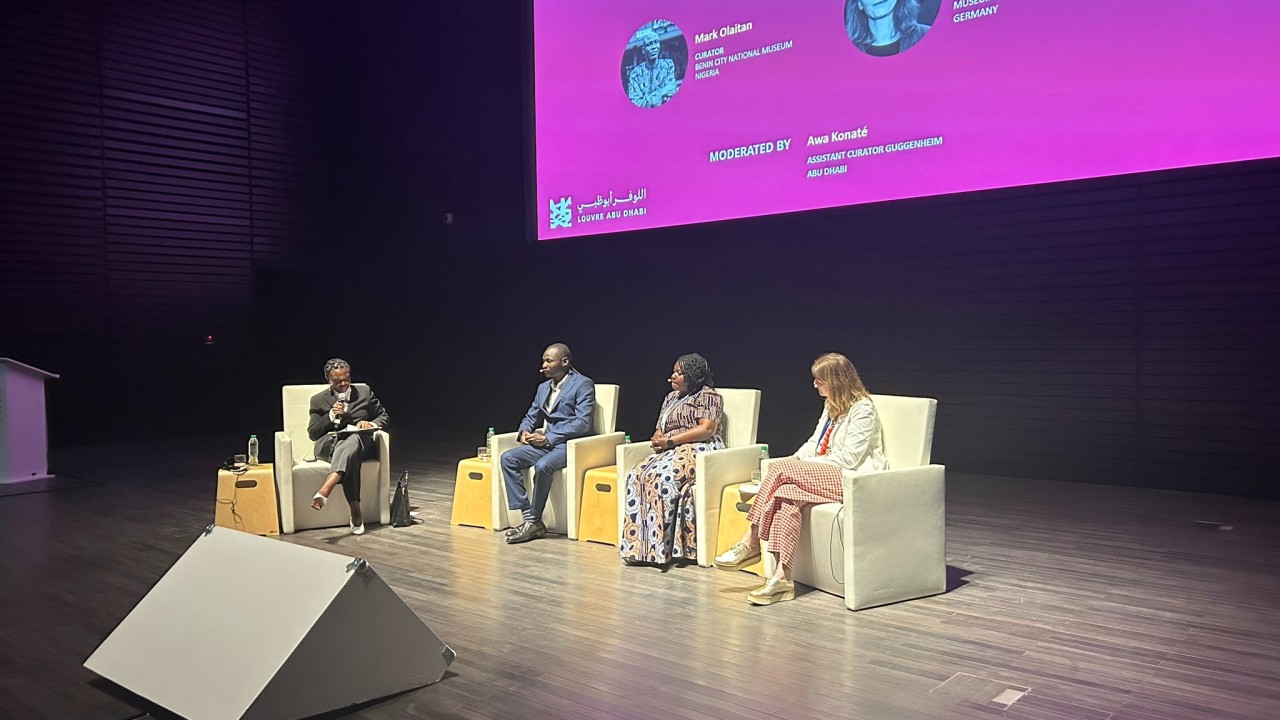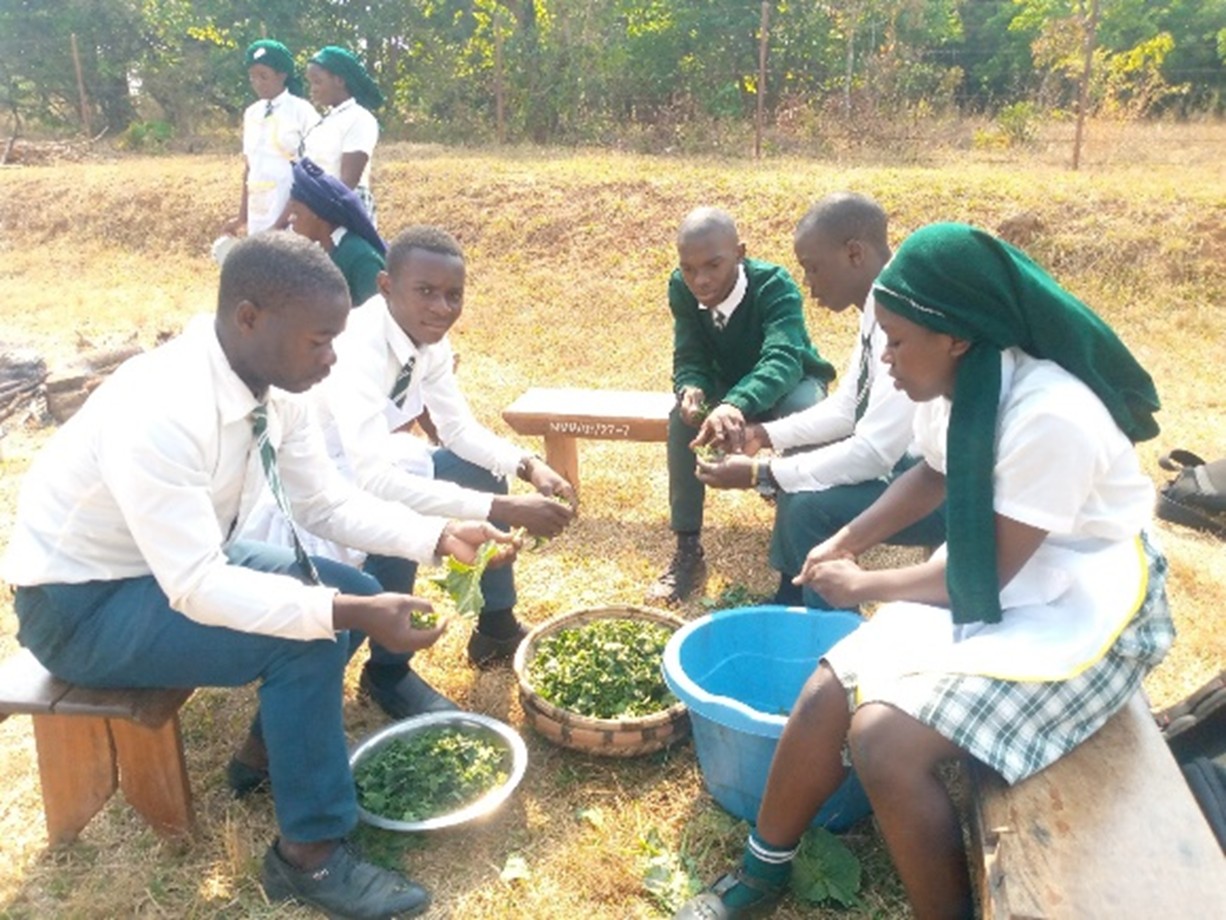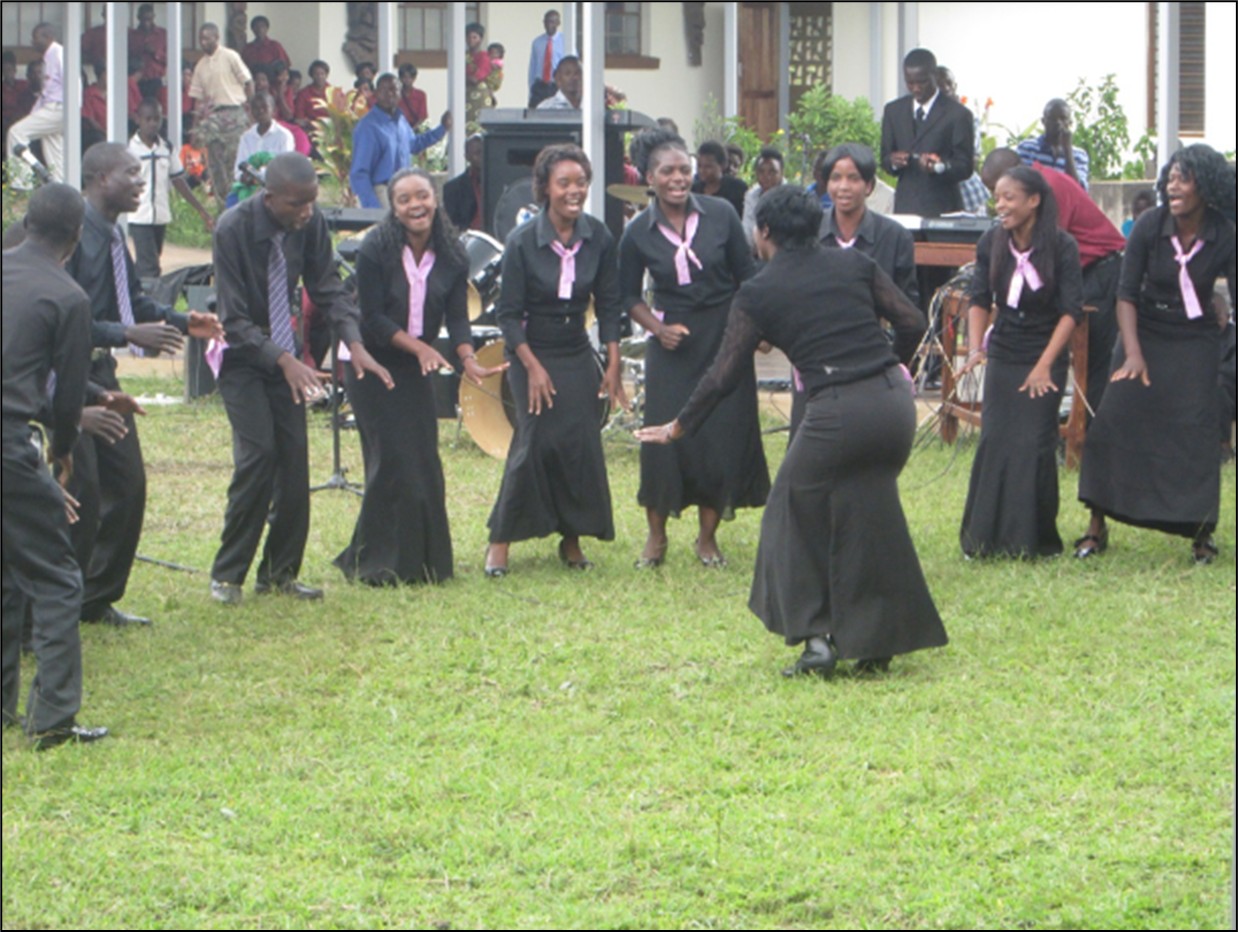Interview – Museum collections as bridges across generations, with Perrice Nkombwe
Interview 6/6: Embracing heritage, connecting communities: collections as bridges across generations, with Perrice Nkombwe
This is the final episode in our series exploring the discussions from the conference African Museums: Today and Tomorrow, held at Louvre Abu Dhabi and produced by France Muséums. The Collections, Transmission and Connections panel specifically focused on how to rethink conservation practices to better serve local communities and foster cross-generational bonds. Perrice Nkombwe contributed to the exchange, and we had the pleasure to continue the discussion with her.
Currently the Director of the Lusaka National Museum in Zambia, Perrice Nkombwe previously served as Director of the Moto Moto Museum for seven years. With a strong interest in intangible cultural heritage and community engagement, she led a project involving local communities in the development of activities that promote the intergenerational transfer of traditional skills and knowledge.
Could you introduce the Moto Moto Museum?
The Moto Moto Museum is a regional cultural history museum, opened to the public in 1974. It is dedicated to preserving and showcasing the rich cultural heritage of Zambia.
The museum’s collection includes archaeological and historical objects, ethnographic artefacts, and natural history specimens. Several ethnic groups are represented in the ethnographic gallery and everyday objects are displayed to help the public better understand the diversity of traditional practices among the many peoples established in the north-east of Zambia, particularly in the Northern Province, the Muchinga Province, the Luapula Province, and parts of the Central Province.
There is also a space dedicated to temporary exhibitions, focusing on topical issues. Some of these exhibitions have remained open to the public for longer than is typical for temporary displays. For instance, since 2018, an exhibition commemorating the centennial of the end of World War I has highlighted the involvement of Zambian local communities, shedding light on a part of history that has long been neglected. We believe it is important for Zambians to be aware of this aspect of their heritage and history.
How can the museum and its collection play a role in enabling current and future generations to connect with their heritage?
After many years working in the museum field, I reached a point where I realised that I had been primarily focused on the preservation of objects, strictly adhering to rules about how they should be handled, displayed, or stored.
The museum had, in effect, become a place where things were hidden, and that should not have been the case. I came to understand that it is equally important to provide people with the opportunity to appreciate their heritage, while also bringing different communities and generations together.
The museum serves as a bridge between the past and the present, offering a tangible connection to our ancestors and their ways of life. By engaging visitors through interactive displays, workshops, and community events, the museum creates experiences that foster a deeper understanding and appreciation of our cultural heritage. This connection to the past empowers individuals to carry forward their traditions and values, ensuring that their heritage remains vibrant and relevant.
Through programmes that highlight cultural objects from everyday traditional life, we incorporate interactive activities that engage older community members as knowledge holders and young people as active transmitters of heritage. This dynamic approach enables valuable heritage knowledge to be passed on and encourages intergenerational dialogue.
How do you use the collections to reach out to local communities and pass on this heritage to different audiences?
The museum seeks to use its collections to address broader societal issues.
As a first example, the museum has worked closely with local communities on matters of nutrition and household food security. Our aim has been to encourage the adoption of locally sourced foods to address food shortages, promote healthier dietary habits among community members and strengthen support for local food producers.
With the help of the museum’s collections, we designed an annual programme, developed in partnership with community members, to promote indigenous foods to young audiences and school groups. This programme includes interactive sessions featuring cooking demonstrations and discussions on the production, preparation, and preservation of traditional foods with local producers. Older generations also take part, passing on traditional techniques and knowledge. The programme raises awareness among young people of the nutritional and cultural value of indigenous foods. It also contributes to revitalising local livelihoods as we purchase these food items from local producers, providing them with financial support.
Another of our initiatives focuses on promoting the use of mother tongues through choral music. The Moto Moto Museum identified two key target audiences: religious individuals, who are often hesitant to visit due to faith-based concerns, and young people who are losing proficiency in their native languages. To engage them, the museum launched an annual choral music competition, a popular event in churches and schools. The competition promotes the performance of religious songs in local languages, attracting both young people and churchgoers. The museum holds traditional instruments within its collections, similar to those incorporated by some groups during the competition. In this way, a strong link is created between the museum’s collection and the contemporary use of traditional musical instruments.
This initiative supports the preservation of indigenous languages while promoting cultural identity and fostering community pride.
HOW WOULD YOU DEFINE WHAT A MUSEUM IS TODAY AND WHAT ROLE A COLLECTION CAN PLAY?
I would say that a museum has become a place of cohesion. Museums explore culture in its entirety and can therefore succeed in bringing together people with different beliefs or apprehensions, helping them to understand our work. Within museums, we can showcase traditional practices, strengthen intergenerational bonds, and serve the community on issues that extend beyond the museum itself, such as household food security or the preservation of local languages. They provide a space where communities can come together, learn about one another, and promote intercultural dialogue.
Why are these spaces for dialogue, like the Abu Dhabi conference, so important?
The symposium was a very exciting experience for me, as I could see that it helped to nurture collaborations. It also encouraged us to reimagine the narratives we present in our museums. Museums are still rooted in a colonial context, but it became clear that we can begin to present narratives from the perspective of the communities we serve.
The symposium was a real eye-opener for me, as it also highlighted issues related to innovation and sustainability. It became very clear that museums must develop innovative ways of attracting young people and integrating contemporary practices.
We should focus more on impacting communities rather than simply seeking to protect museum collections.
There is still so much for us to learn, but overall, it was a very valuable experience. I have remained in touch with colleagues, and we continue to discuss the insights we gained.
It was also fascinating to see how friends in Abu Dhabi are focusing on Africa. It demonstrates just how much we still need to learn globally. Learning about each other’s cultures is essential, as many of the problems we face in the world today can be addressed through greater cultural understanding.
To learn more about the conference produced by France Muséums for Louvre Abu Dhabi




